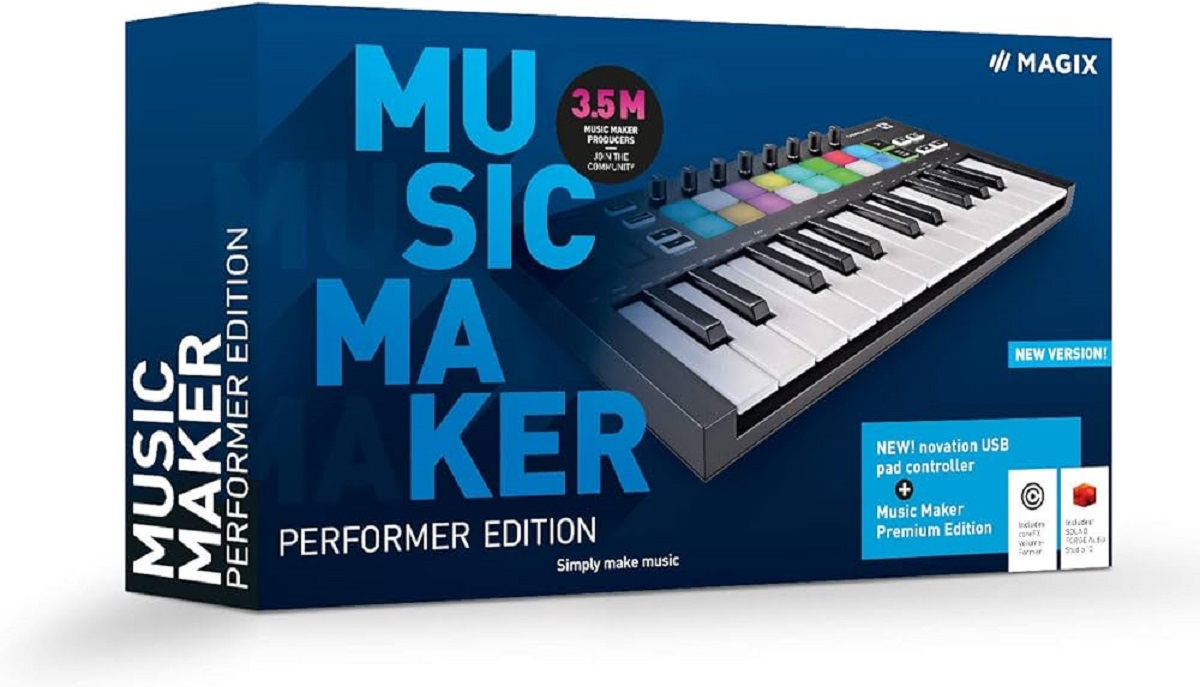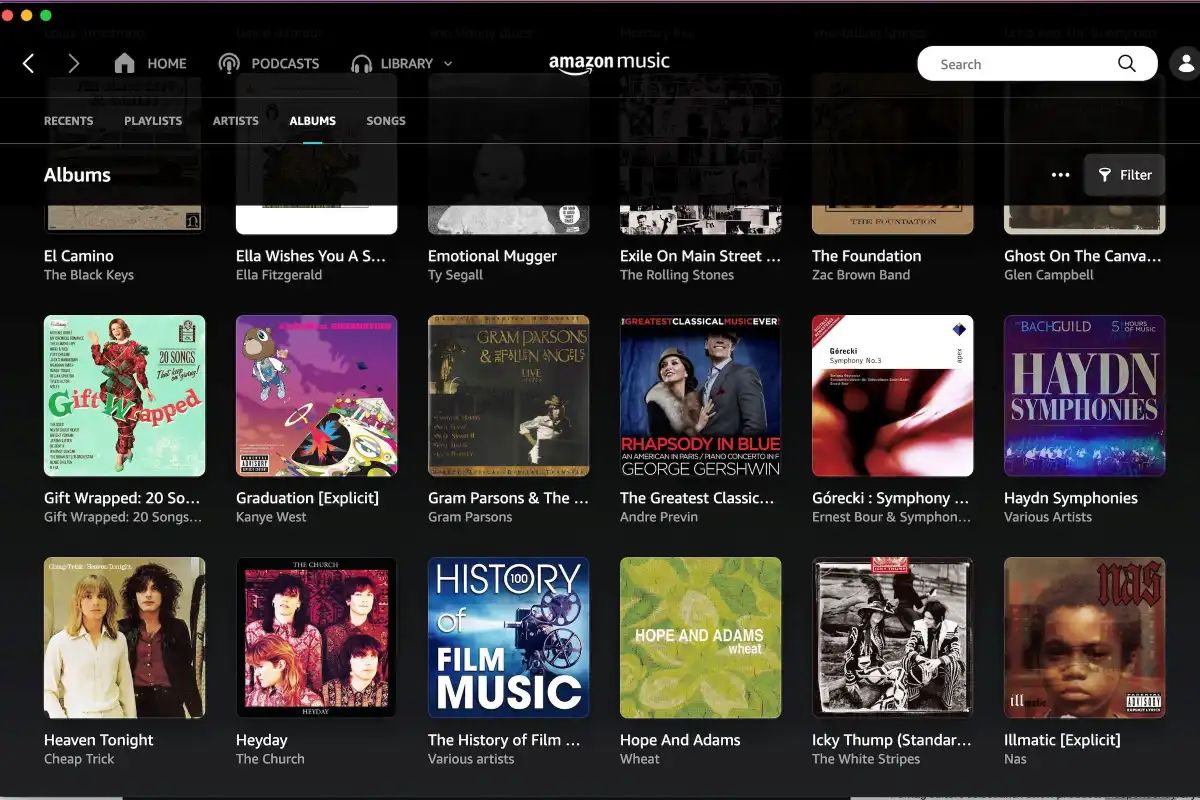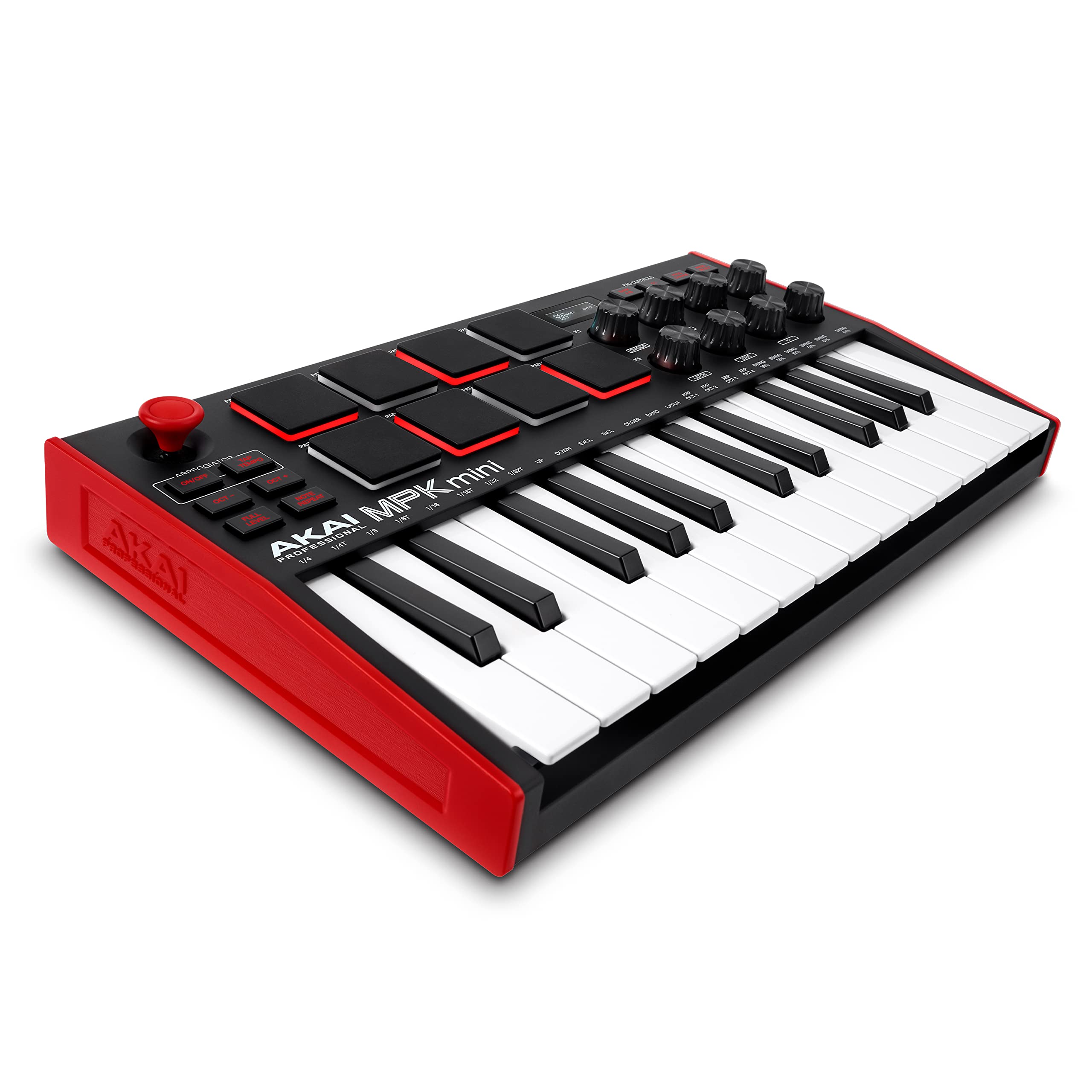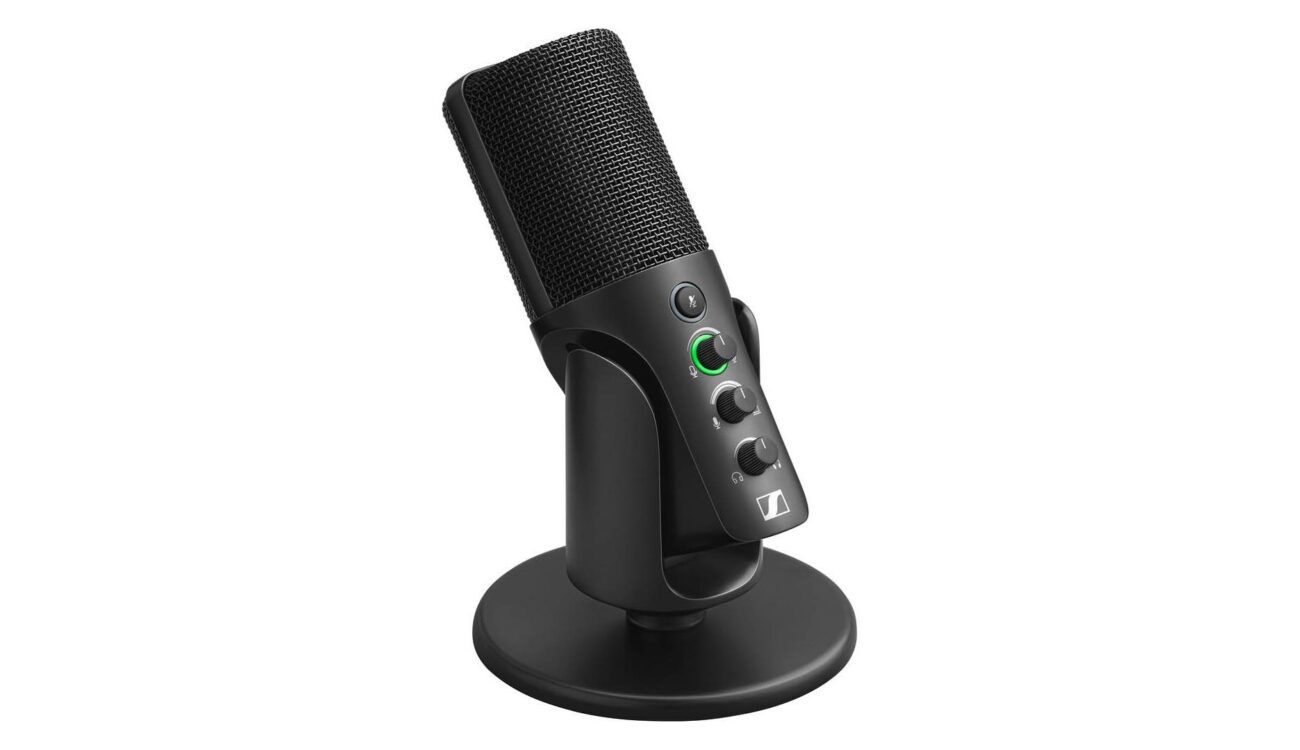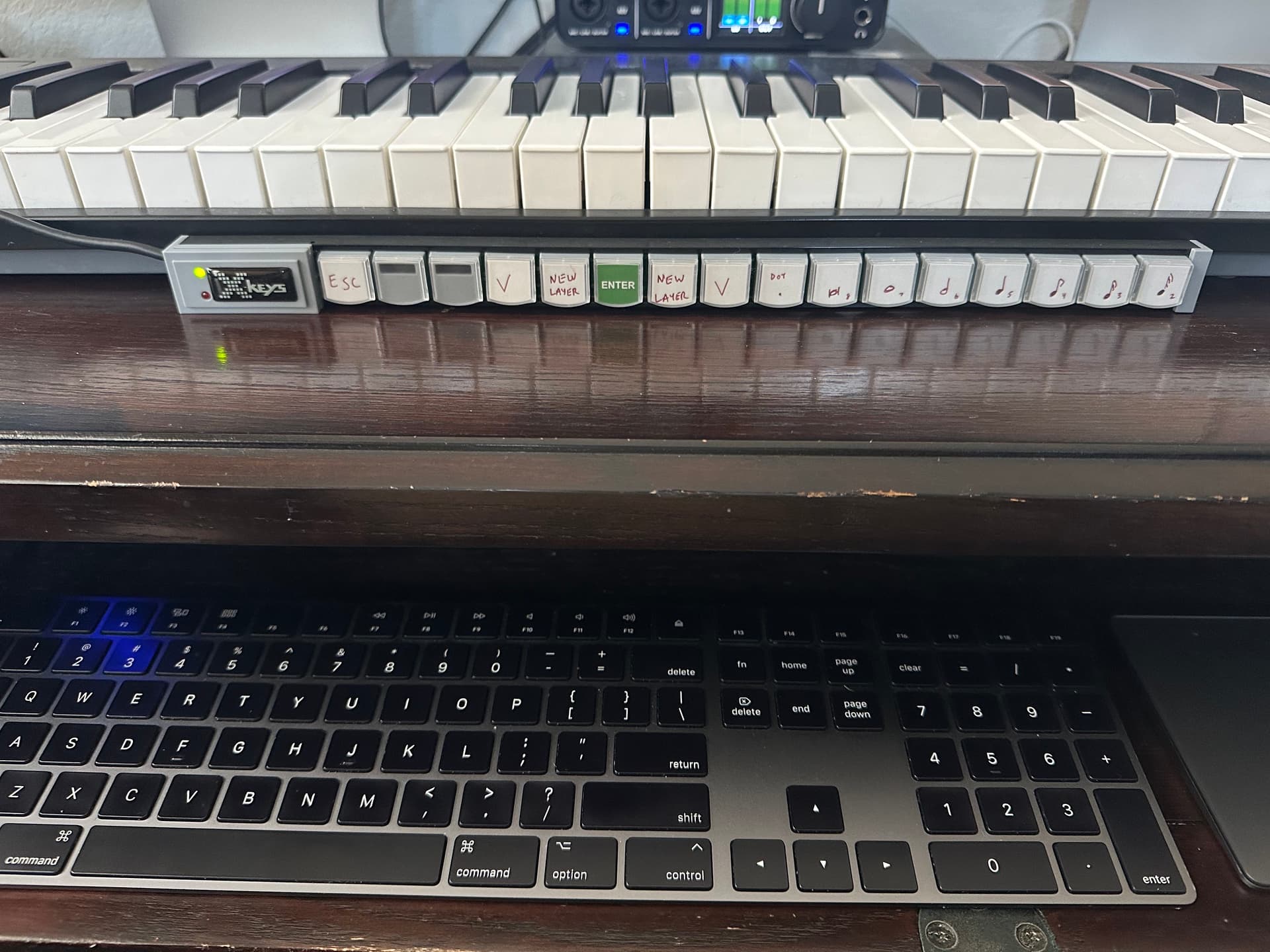Introduction
Getting Started with MIDI Keyboards and Magix Music Maker
If you're an aspiring music producer or a seasoned musician looking to delve into the world of digital music production, utilizing a MIDI keyboard with Magix Music Maker can significantly enhance your creative process. MIDI keyboards, short for Musical Instrument Digital Interface keyboards, serve as versatile tools that allow you to translate your musical ideas into digital format seamlessly. Magix Music Maker, with its intuitive interface and robust features, provides a conducive platform for music composition, editing, and production.
In this comprehensive guide, we'll walk you through the process of integrating your MIDI keyboard with Magix Music Maker, from the initial setup to advanced tips and tricks. Whether you're a novice in the realm of music production or a seasoned professional seeking to streamline your workflow, this guide will equip you with the knowledge and techniques to leverage the full potential of your MIDI keyboard within Magix Music Maker.
Stay tuned as we explore the seamless integration of MIDI keyboards with Magix Music Maker, uncovering the intricacies of setup, configuration, and utilization. By the end of this guide, you'll be well-versed in harnessing the power of your MIDI keyboard to elevate your music production endeavors. Let's embark on this musical journey and unlock the boundless possibilities that await when combining the functionality of a MIDI keyboard with the prowess of Magix Music Maker.
Setting up your MIDI keyboard
Before delving into the creative process, it’s essential to ensure a seamless connection between your MIDI keyboard and Magix Music Maker. The initial setup lays the foundation for a productive and immersive music production experience.
1. Physical Connection:
Begin by connecting your MIDI keyboard to your computer using a USB cable or MIDI interface, depending on the connectivity options available. Ensure that the necessary drivers are installed to facilitate communication between the MIDI keyboard and your computer.
2. Power On and Recognition:
Power on your MIDI keyboard and verify that your computer recognizes the device. This can be confirmed through the device manager or MIDI settings on your computer.
3. Driver Installation:
If your MIDI keyboard requires specific drivers for compatibility, download and install them from the manufacturer’s website. This step is crucial for seamless integration and functionality within Magix Music Maker.
4. Testing the Connection:
Open a digital audio workstation or MIDI monitoring software to test the connection between your MIDI keyboard and computer. Ensure that the keys, knobs, and other controls on the MIDI keyboard are responsive and accurately transmit data to your computer.
By following these steps, you can establish a robust and reliable connection between your MIDI keyboard and computer, setting the stage for a productive music production environment.
Configuring Magix Music Maker
With your MIDI keyboard successfully connected to your computer, the next step involves configuring Magix Music Maker to recognize and effectively utilize the MIDI input. This seamless integration is pivotal in harnessing the full potential of your MIDI keyboard within the software.
1. Device Setup:
Launch Magix Music Maker and navigate to the settings or preferences menu. Locate the MIDI devices or external controllers section to configure your MIDI keyboard. Select your MIDI keyboard from the list of available devices and ensure that it is set as the active input device.
2. MIDI Mapping:
Customize the MIDI mapping within Magix Music Maker to align the functions of your MIDI keyboard with the software’s features. Assign specific keys, knobs, or sliders on your MIDI keyboard to control parameters such as volume, pan, modulation, and instrument selection within the software.
3. Input Routing:
Verify that the MIDI input from your keyboard is routed to the desired tracks or instruments within Magix Music Maker. This ensures that the MIDI data generated by your keyboard controls the corresponding elements within the software, facilitating a seamless and intuitive music production process.
4. Latency Adjustment:
Optimize the latency settings within Magix Music Maker to minimize any delay between pressing keys on your MIDI keyboard and hearing the resulting sound. Fine-tuning the latency ensures a responsive and natural playing experience, enhancing the overall performance and creativity during music production.
By meticulously configuring Magix Music Maker to harmonize with your MIDI keyboard, you pave the way for a cohesive and efficient music production environment, enabling you to unleash your creativity with precision and fluidity.
Using your MIDI keyboard in Magix Music Maker
Now that your MIDI keyboard is seamlessly integrated with Magix Music Maker, it’s time to explore the myriad of possibilities that unfold when utilizing this powerful combination for music production. Whether you’re a proficient pianist, a dynamic drummer, or a versatile synthesizer enthusiast, your MIDI keyboard serves as a gateway to expressiveness and creativity within the software.
1. Instrument Selection and Performance:
Utilize your MIDI keyboard to select and play a diverse range of virtual instruments available in Magix Music Maker. From grand pianos and string ensembles to electronic synthesizers and percussion kits, your MIDI keyboard allows you to perform and record expressive musical passages with unparalleled realism and nuance.
2. Real-Time Control and Manipulation:
Engage in real-time control and manipulation of software parameters using the tactile interface of your MIDI keyboard. Adjust instrument articulations, modulate effects, and manipulate dynamic expression through the intuitive controls on your MIDI keyboard, adding a human touch to your digital compositions.
3. Drum Programming and Rhythm Creation:
Harness the rhythmic capabilities of your MIDI keyboard to program drum patterns, create dynamic beats, and explore percussive textures within Magix Music Maker. The responsive pads and velocity-sensitive keys on your MIDI keyboard empower you to craft intricate rhythms and grooves with precision and finesse.
4. Recording and Overdubbing:
Effortlessly record and overdub musical performances using your MIDI keyboard, capturing spontaneous ideas and refining compositions with ease. The seamless integration between your MIDI keyboard and Magix Music Maker facilitates a fluid recording process, allowing you to layer multiple tracks and build intricate arrangements effortlessly.
By leveraging the capabilities of your MIDI keyboard within Magix Music Maker, you unlock a world of creative potential, enabling you to compose, perform, and produce music with unparalleled flexibility and expression. Embrace the seamless synergy between hardware and software as you embark on a musical journey filled with innovation and artistry.
Tips and tricks for using a MIDI keyboard
Mastering the art of using a MIDI keyboard within Magix Music Maker involves delving into various tips and techniques that can elevate your music production endeavors. These insights not only enhance your efficiency but also inspire creativity, enabling you to harness the full potential of your MIDI keyboard as a versatile musical tool.
1. Custom Key Assignments:
Explore the option to assign custom functions to specific keys or controls on your MIDI keyboard. This allows for personalized workflow enhancements, such as quick access to frequently used features, parameter adjustments, or navigation shortcuts within Magix Music Maker.
2. Velocity Sensitivity and Expression:
Experiment with the velocity sensitivity of your MIDI keyboard to imbue your performances with nuanced dynamics and expression. Varying the key pressure and velocity triggers subtle variations in volume and timbre, adding a human touch to your virtual instrument performances.
3. MIDI Controller Mapping:
Delve into the MIDI controller mapping capabilities of Magix Music Maker to create customized control surfaces tailored to your specific workflow and preferences. Map MIDI keyboard controls to manipulate software parameters, automate effects, and streamline the production process with precision and ease.
4. Layering and Splitting:
Explore the functionality of layering multiple instrument sounds or splitting the keyboard into distinct zones to play different instruments simultaneously. This versatile approach expands your creative palette, allowing for rich, layered compositions and dynamic performance possibilities.
5. Utilize Aftertouch and Modulation:
Embrace the aftertouch and modulation capabilities of your MIDI keyboard to introduce expressive nuances and embellishments to your musical phrases. These features enable you to infuse your performances with subtle pitch bends, vibrato, and dynamic modulations, adding depth and character to your compositions.
By incorporating these tips and tricks into your workflow, you’ll harness the full potential of your MIDI keyboard within Magix Music Maker, unlocking a world of creative possibilities and refining your music production prowess. Embrace experimentation and exploration as you leverage the synergy between hardware and software to craft compelling musical experiences.
Conclusion
Embarking on the journey of integrating a MIDI keyboard with Magix Music Maker unveils a realm of creative opportunities and streamlined music production capabilities. From the initial setup and configuration to the seamless utilization of your MIDI keyboard within the software, this harmonious synergy empowers musicians and producers to craft compelling compositions with precision and expressiveness.
By following the comprehensive guide presented here, you’ve gained invaluable insights into leveraging the functionality of your MIDI keyboard within Magix Music Maker. From configuring the software to recognizing the nuances of using a MIDI keyboard for performance and control, you’re now equipped to embark on a musical odyssey filled with innovation and artistry.
As you harness the expressive potential of your MIDI keyboard, remember to explore the myriad of tips and tricks that enhance your workflow and inspire creativity. Custom key assignments, velocity sensitivity, and MIDI controller mapping are just a few examples of the techniques that can elevate your music production endeavors.
Embrace the seamless synergy between hardware and software, and let your creativity flourish as you compose, perform, and produce music with unparalleled flexibility and expression. The marriage of a MIDI keyboard and Magix Music Maker transcends technical integration, evolving into a harmonious partnership that amplifies your musical vision.
With each keystroke and modulation, you breathe life into your compositions, infusing them with emotion and depth. The tactile interface of your MIDI keyboard becomes an extension of your musical identity, enabling you to articulate your artistic vision with finesse and authenticity.
As you venture forth, let the fusion of technology and creativity propel you toward new sonic frontiers. Embrace innovation, hone your skills, and revel in the boundless possibilities that await as you continue to explore the art of music production with your MIDI keyboard and Magix Music Maker.







